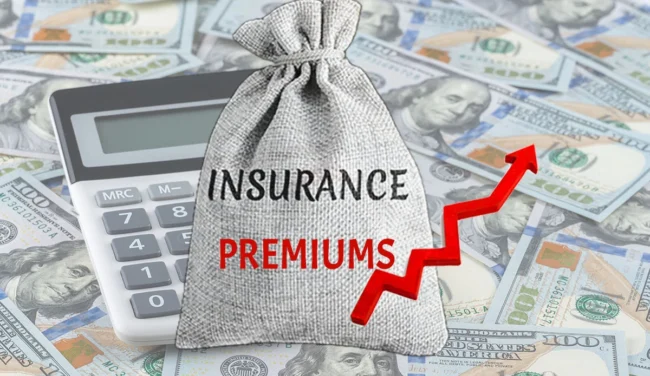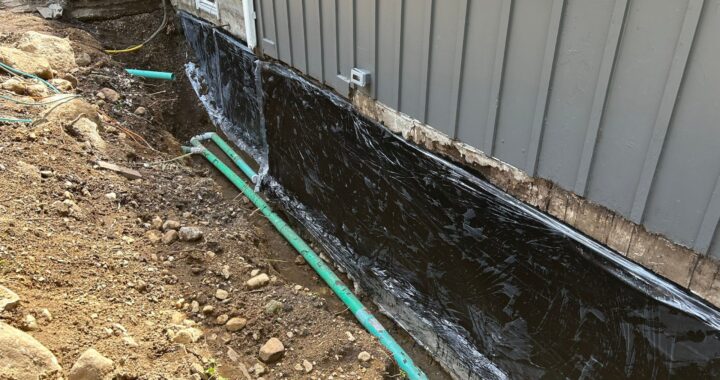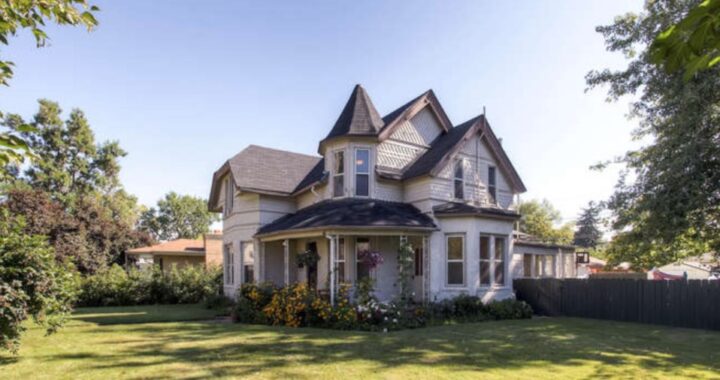Buying Your First Home in Canada? Here’s Your Guide to Affordable Home Insurance

Source:pexels.com
Purchasing your first property is exciting, but it comes with its share of responsibilities. Protecting your investment through affordable coverage is a key part of that process. Finding the right option might feel overwhelming, but with a little guidance, you can make the right choice confidently.
Key Points
- Learn what affordable coverage includes.
- Know why coverage is essential for first-time buyers.
- Understand factors affecting your premium.
- Discover tips to find the right provider.
- Avoid common pitfalls when selecting a plan.
Why Affordable Home Insurance Matters

Owning property is a significant milestone, but it also comes with potential risks that can catch you off guard. Unforeseen events such as damage, theft, or natural disasters can lead to hefty expenses that could strain your finances. Affordable coverage acts as a safety net, giving you peace of mind knowing you’re prepared for the unexpected. It allows you to focus on enjoying your new home instead of worrying about potential financial setbacks.
Choosing a provider that values transparency and customer care is essential. Look for companies offering clear policies without hidden terms, ensuring you understand exactly what you’re paying for. Personalized service is another key factor, as providers like Erie Mutual prioritize tailoring coverage to meet your specific needs. Opting for a reliable provider ensures you’re protected without overextending your budget. Check their website for more information www.eriemutual.com.
What Does Home Insurance Cover?
- Coverage typically addresses three main areas:
- Property Damage: Includes your house and sometimes detached structures.
- Personal Belongings: Protects items like furniture or electronics.
- Liability: Covers you if someone is injured on your property.
Each provider offers different packages, so reviewing details is essential. Avoid assuming that every plan includes full coverage. Ask about specifics such as flooding or natural disaster protection.
Factors Affecting Your Premium
The cost isn’t one-size-fits-all. Several factors influence the premium you’ll pay:
- Location: Properties in areas prone to disasters or theft typically cost more.
- Property Value: Higher-value homes generally mean higher premiums.
- Coverage Type: Comprehensive plans cost more but provide broader protection.
- Deductibles: Opting for higher deductibles can lower monthly costs.
Always weigh the savings from a higher deductible against the risk of covering large expenses out of pocket.
Understanding Deductibles and Why They Matter
Deductibles play a crucial role in shaping the cost of your plan. A deductible is the amount you pay out of pocket before your provider covers the remaining expenses. Higher deductibles often mean lower monthly premiums, but they also increase the financial burden if an issue arises. It’s essential to strike a balance between affordability and practicality.
Consider your financial situation carefully—choosing a deductible that fits your budget while still providing adequate protection. Many first-time buyers overlook this detail, leading to surprises during claims. Always review your options and calculate the potential risks before finalizing your plan.
Steps to Choose the Right Plan
1. Evaluate Your Needs
Start by listing what you need coverage for. Include your property, personal belongings, and liability. This gives you a clear picture of what’s essential.
2. Compare Providers
Not all providers offer the same benefits. Compare options for reliability, affordability, and customer reviews. Local providers like Erie Mutual often provide personalized service tailored to their community.
3. Ask Questions
Don’t hesitate to ask about policy terms. Clear any confusion about exclusions or add-ons before signing.
4. Review Your Budget
Determine what you can afford monthly while ensuring adequate coverage. Striking a balance between affordability and reliability is key.
Tips to Lower Your Premium

- Install safety measures such as alarms or security systems.
- Opt for a higher deductible if your budget allows.
- Bundle coverage with other policies, like auto.
- Avoid over-insuring; cover what you need without unnecessary extras.
Common Pitfalls to Avoid
Underestimating Replacement Costs
Don’t guess when estimating the value of your property or belongings. Use professional evaluations for accuracy.
Ignoring Policy Exclusions
Some events might not be covered. Carefully read all terms to understand what’s excluded.
Choosing Based Solely on Price
Cheaper isn’t always better. Ensure the provider has a solid reputation and offers reliable support.
FAQ
- How do I know how much coverage I need?
Evaluate the value of your property, belongings, and potential liability risks. Consult with a professional for accurate estimates.
- Can I get coverage if my property is older?
Yes, but it might cost more. Providers may require upgrades to meet safety standards.
- Is flood damage automatically included?
Not always. Many plans exclude flood-related damage. Ask about adding it as an extra.
- Can I switch providers if I find a better deal?
Yes, but read the cancellation terms of your current policy to avoid penalties.
- How do I file a claim if something happens?
Contact your provider immediately. They will guide you through the steps required for submitting claims.
Wrapping Up

Buying your first property involves many decisions, and selecting the right coverage doesn’t have to be stressful. With the right information and a trusted provider, you’ll secure protection for your investment. Take your time, evaluate options, and seek advice where needed. A thoughtful approach ensures peace of mind and financial security.

 Everything You Need to Know About Basement Waterproofing for Older Homes
Everything You Need to Know About Basement Waterproofing for Older Homes  Embracing Efficiency: Tankless Water Heaters and Inspection Services in San Diego
Embracing Efficiency: Tankless Water Heaters and Inspection Services in San Diego  What is a Laundry Detergent Sheet and Its Benefits?
What is a Laundry Detergent Sheet and Its Benefits?  Make Your Backyard Look Like a Tropical Paradise
Make Your Backyard Look Like a Tropical Paradise  Exploring Architecture Discover the Features of Victorian Homes
Exploring Architecture Discover the Features of Victorian Homes  A Complete Guide to Personalized Gift Ideas That Carry Real Thought and Value
A Complete Guide to Personalized Gift Ideas That Carry Real Thought and Value  Neuschwanstein Castle From Munich Day Trip Guide
Neuschwanstein Castle From Munich Day Trip Guide  Oxford ─ England’s City of Dreaming Spires
Oxford ─ England’s City of Dreaming Spires  Creative Gift Ideas for Anime Lovers and Collectors: Unique Picks You Will Adore
Creative Gift Ideas for Anime Lovers and Collectors: Unique Picks You Will Adore